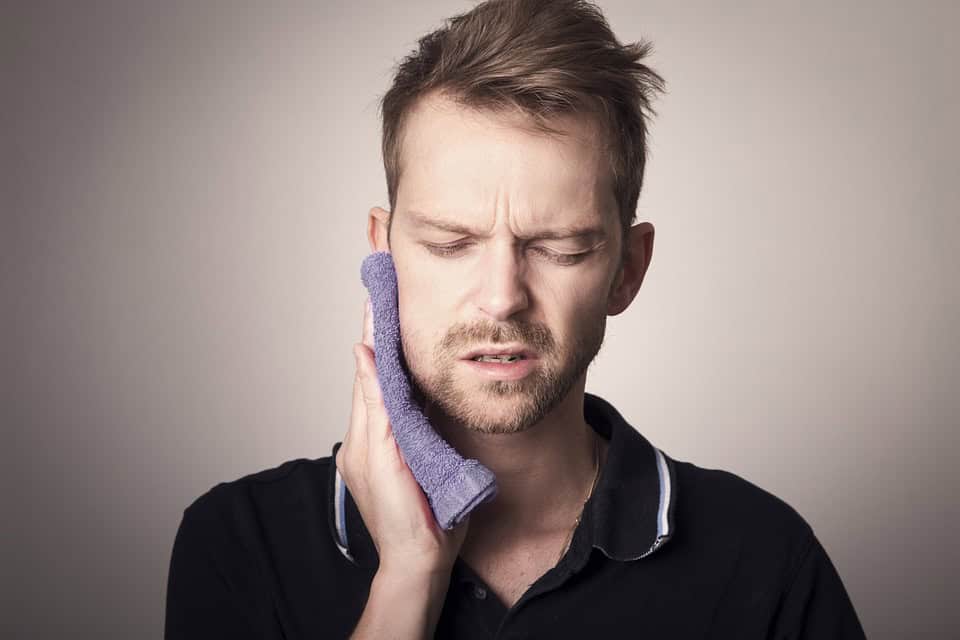By Esther Frasso, PT
Imagine waking up one morning and not being able to open your mouth. Or imagine not being able to chew or speak — or even yawn — without significant pain.
This is the reality for millions of people throughout the United States who suffer from temporomandibular joint disorder (TMD), a musculoskeletal disorder often associated with repetitive motion of the jaw.
At Penn Medicine Princeton Medical Center Princeton Rehabilitation, specially trained physical therapists offer individualized treatment for patients with TMD.
Second Most Common Form of Musculoskeletal Pain
Found on both sides of the jaw, the temporomandibular joint is one of the most complex joints in the body. It serves as a hinge that connects the jawbone to the skull and comprises numerous components, including bones, cartilage, muscles, and ligaments.
These components control the movement of the jaw and allow you to open your mouth so you can talk, eat, yawn, and more.
Temporomandibular joint disorders are a group of more than 30 conditions that cause pain and dysfunction in joint.
However, most TMDs are typically related to the muscles in the jaw. In fact, TMD pain is one of the most common forms of musculoskeletal pain, second only to low back pain, according to the National Institutes of Health (NIH).
The NIH estimates that between 11 and 12 million adults in the United States are affected by temporomandibular joint pain, and that TMD is twice as common in women than in men, especially in women between 35 and 44 years old, according to the NIH.
While TMD can be related to an acute injury, in most cases the exact cause is unknown. For many people, symptoms start without obvious reason and may be linked to repetitive motion of the jaw.
Additionally, people who clench their jaw, grind their teeth, or who regularly chew gum or on objects like pens, may be more prone to TMD than others. Poor posture has also been shown to contribute to TMD.
Pain, Limited Range of Motion
Individuals suffering from TMD often experience the following symptoms:
- Intermittent jaw discomfort, soreness, and throbbing pain (may wake you from sleep).
- Headache and/or neck pain.
- Pain spreading behind the eyes, face, shoulder, neck, and/or back.
- Earaches or ringing in the ears.
- Limited range of motion in the jaw.
- Clenching or grinding the teeth (often at night).
- Painful clicking, popping, or grating in the jaw joint when opening or closing the mouth.
- Change in upper or lower teeth alignment.
It is important to note that popping or clicking without pain is common, considered normal, and does not need treatment.
For many people, symptoms of TMD may last only a short time and go away on their own However, in some cases they can become chronic or long lasting, and if left untreated could lead to limitations such as difficulty chewing and swallowing and altered speech because of muscle fatigue.
If you experience jaw pain or other symptoms of TMD, see your primary care provider or
dentist for an evaluation.
Individualized Physical Therapy
As the NIH notes, there is no standard test to diagnose TMD. Your doctor will review your symptoms and take a detailed medical history. They will also ask you to describe your pain, when and where it occurs, and what makes it better or worse.
In addition, they will examine your head, neck, face and jaw, and may recommend imaging tests such as an X-ray, MRI, or CT scan to aid in diagnosis and rule out other conditions.
According to the NIH, once TMD is diagnosed, treatment typically begins with self-care measures such as:
- Eating soft foods.
- Applying heat or cold to the face in combination with exercises to gently stretch and
strengthen the jaw muscles. - Reducing habits such as jaw clenching and gum chewing.
- Practicing good posture.
- Reducing stress.
Depending on the severity of your symptoms, your doctor may also recommend physical therapy.
Physical therapy at Princeton Rehabilitation starts with a comprehensive assessment of your posture, head, neck, and jaw movements. Based on the findings of the assessment, specially trained physical therapists will develop an individualized treatment plan that may include:
- Manual therapy.
- Targeted exercises.
- Posture awareness and re-education.
- Breathing techniques.
Goals of treatment include:
- Increased range of motion.
- Decreased muscle tension.
- Improved posture.
- Decreased pain.
Princeton Rehabilitation offers physical therapy for TMD at the South Brunswick Wellness Center in Monmouth Junction. A prescription from your physician is required and most major insurance plans and Medicare are accepted.
For more information or to make an appointment, call (609) 497-2230 or visit princetonhcs.org.
Esther Frasso, PT, is a licensed physical therapist with Penn Medicine Princeton Medical Center Princeton Rehabilitation.

